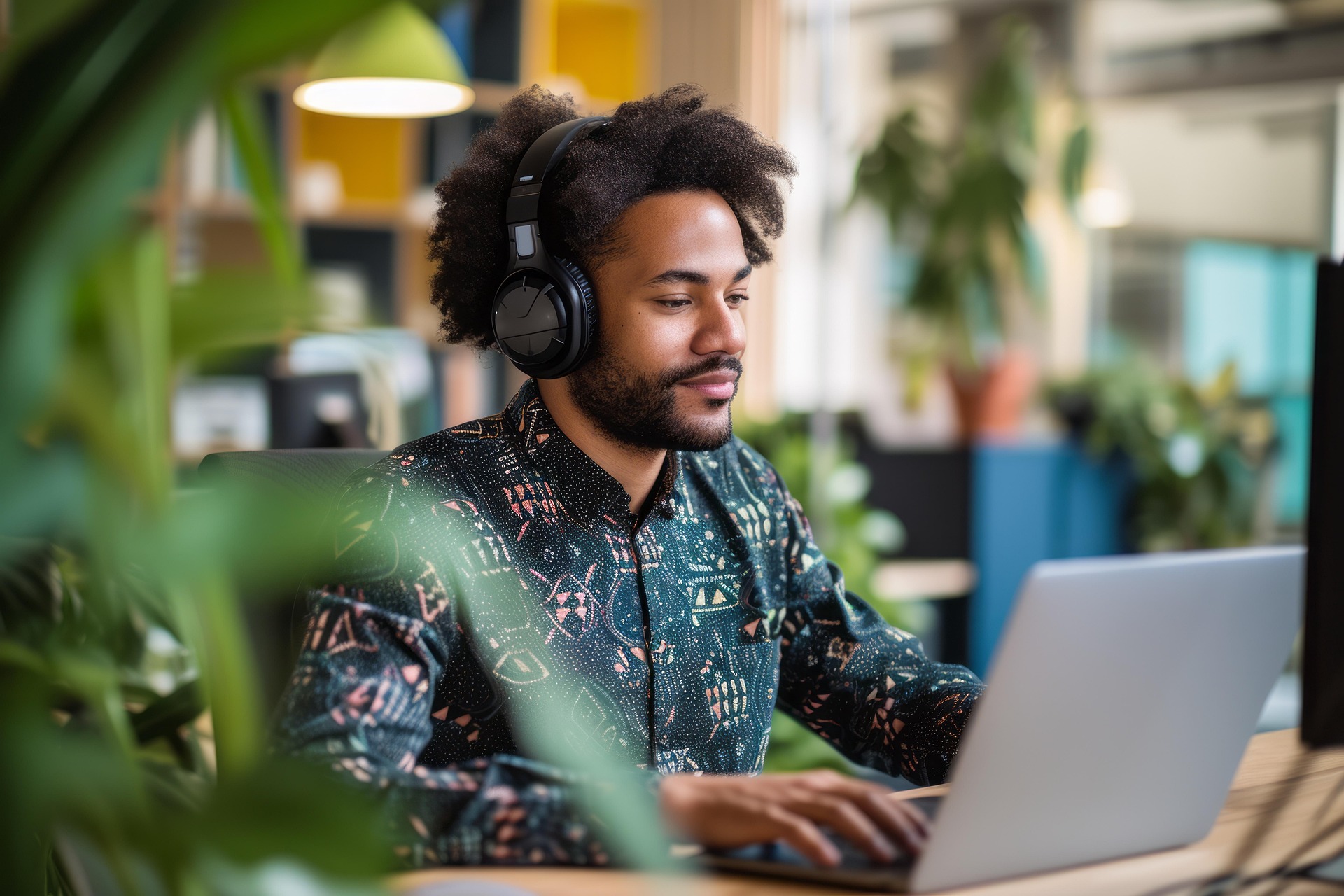I am my own photographer
Shooting with a smartphone or a camera, but craving more? Professional photography isn’t just about gear—it’s about vision. Light, composition, timing—you can master it all. Whether it’s a phone in your pocket or a camera in hand, it’s how you see the world that counts. Diving into the art of photography unlocks new layers: from random snaps to stories that grip. Curious how far you could go, starting with what you already have?
How can beginners start their photography journey?
For those new to photography, the first step is understanding the basics of composition. The rule of thirds, leading lines, and framing are fundamental concepts that apply whether you’re using a phone or a professional camera. Start by practicing these principles with your smartphone, as it’s always with you and offers instant feedback. Experiment with different angles and perspectives to see how they affect your images.
Phone or camera—capture more than a moment by focusing on storytelling through your images. Consider what emotion or message you want to convey and how your subject, lighting, and composition can work together to achieve this. Many online tutorials and photography apps offer guided lessons to help you master these foundational skills.
What are the key technical skills to develop in photography?
As you progress, understanding the exposure triangle—aperture, shutter speed, and ISO—becomes crucial. These elements control how light enters your camera and affects your image. While smartphones automatically adjust these settings, learning to manipulate them on a DSLR or mirrorless camera gives you greater creative control.
Pros see the hidden—sharpen your eye by studying how light interacts with your subjects. Practice shooting in various lighting conditions, from harsh midday sun to the soft glow of golden hour. Understanding how to use natural light effectively is a skill that transcends equipment and can dramatically improve your photos.
How can you improve your post-processing skills?
Post-processing is an essential part of modern photography. Start with basic adjustments like exposure, contrast, and color balance. As you advance, learn to use more sophisticated tools like selective editing and layer masks. Many photographers use Adobe Lightroom or Capture One for organizing and editing their photos, but there are also free alternatives like GIMP or Darktable for beginners.
Remember that post-processing should enhance your images, not completely transform them. Aim for a natural look that stays true to your original vision and the scene you captured.
What equipment is essential for aspiring photographers?
While gear can expand your creative possibilities, it’s not the most critical factor in producing great photographs. Gear’s secondary—play with shadows, light, and composition to create compelling images with whatever camera you have. That said, as you progress, you might consider investing in:
- A versatile lens (if using an interchangeable lens camera)
- A sturdy tripod for long exposures and low-light shooting
- External flash or lighting equipment
- A reliable editing software
Start with the basics and gradually add equipment as your skills and needs evolve.
How can you find inspiration and develop your unique style?
Developing a unique style takes time and experimentation. Study the work of photographers you admire, but don’t try to copy them exactly. Instead, analyze what elements of their work resonate with you and incorporate those influences into your own photography.
Challenge yourself with photography projects or themes to push your creativity. For example, try shooting only in black and white for a week or focus on capturing textures. Join photography communities online or in your local area to share your work, get feedback, and find inspiration from fellow photographers.
What photography training options are available and how much do they cost?
Photography training comes in various forms, from free online resources to formal education programs. Here’s a comparison of some popular options:
| Training Type | Provider | Key Features | Cost Estimation |
|---|---|---|---|
| Online Courses | Udemy | Self-paced, wide range of topics | $12 - $200 per course |
| Photography Workshops | Local Camera Shops | Hands-on learning, in-person instruction | $50 - $500 per workshop |
| College Programs | Art Institutes | Comprehensive education, degree options | $15,000 - $100,000+ for full program |
| One-on-One Mentoring | Professional Photographers | Personalized instruction, portfolio review | $100 - $500 per hour |
| YouTube Tutorials | Various Creators | Free, accessible, wide range of topics | Free |
Prices, rates, or cost estimates mentioned in this article are based on the latest available information but may change over time. Independent research is advised before making financial decisions.
When choosing a training option, consider your learning style, budget, and goals. Many photographers combine different types of training throughout their journey. Start with free resources and gradually invest in more specialized education as you progress.
In conclusion, mastering photography is a lifelong journey of learning and experimentation. Whether you’re using a smartphone or a professional camera, the key is to practice regularly, push your creative boundaries, and never stop learning. With dedication and the right training, you can develop the skills to capture not just moments, but powerful visual stories that resonate with viewers.
The shared information of this article is up-to-date as of the publishing date. For more up-to-date information, please conduct your own research.







